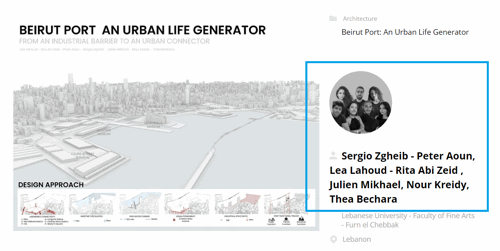Breaking the Horizontal Mold: A Vertical Campus as a Sustainable Solution for Land Constraints

Project idea
The thesis explores the idea of a vertical campus for Primeasia University in Dhaka, Bangladesh, with the challenge of land area of only 1.5 Acres. The idea of this thesis is to explore the idea of a sustainable campus in the heart of Dhaka city, which is considered one of the most densely populated and polluted city in the world. As the context of the rapidly growing Dhaka is shifting towards a dystopian age for the country in terms of infrastructure, a solution must be implemented to create oxygen hubs which would help the ecosystem of the city. This thesis provides a smart solution in a vertical manner to solve the land constraints and incorporate an oxygen hub along with a full scale university.
As most of the private universities of our country lacks sustainability and proper environment for quality education, this thesis will be a step to the right direction for our country to implement a sustainable solution to campus design.
Project description
The concept of the project is to incorporate breathing spaces among different disciplines and promote shared spaces for knowledge sharing. The vertical configuration is arranged in such manner that the student associations, clubs, and recreation are first, and then the departments are arranged according to different schools of subject. Breathing spaces like green gardens with seating arrangements are introduced among classrooms and labs so that students can share those spaces during class breaks and exchange valuable information among each other. This reduces their monotony and sharpens their focus. The project also incorporates natural lighting and hybrid cooling system for maximum energy efficiency.
As the thesis explores the idea of a permanent campus for Primeasia University; a prestigious private university of Bangladesh, in the premises of Dhaka city, the total urban fabric of dhaka city is to be taken into consideration. Also, the future adaptation is very important for the campus to sustain in dhaka for a very long period of time. The university has a total of 13 departments, therefore the only solution is to go vertical. The classrooms are shared by corridors and the labs and seminar halls are shared among departments to utilise maximum spaces and incorporate more breathing spaces.
Technical information
The building consists of 36 floors. For the structure, a mixed structure of rcc and I joist is used with waffle and parallel beam system for long spans. The garden details are illustrated to give the technical ideas. The fair faced concrete with dense trees from the voids paints a picture for the oxygen hub vertical campus.







